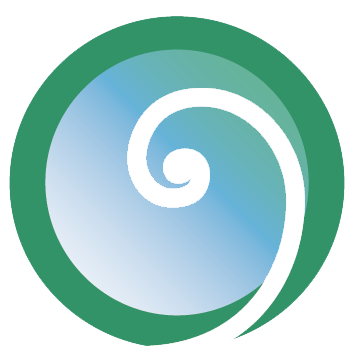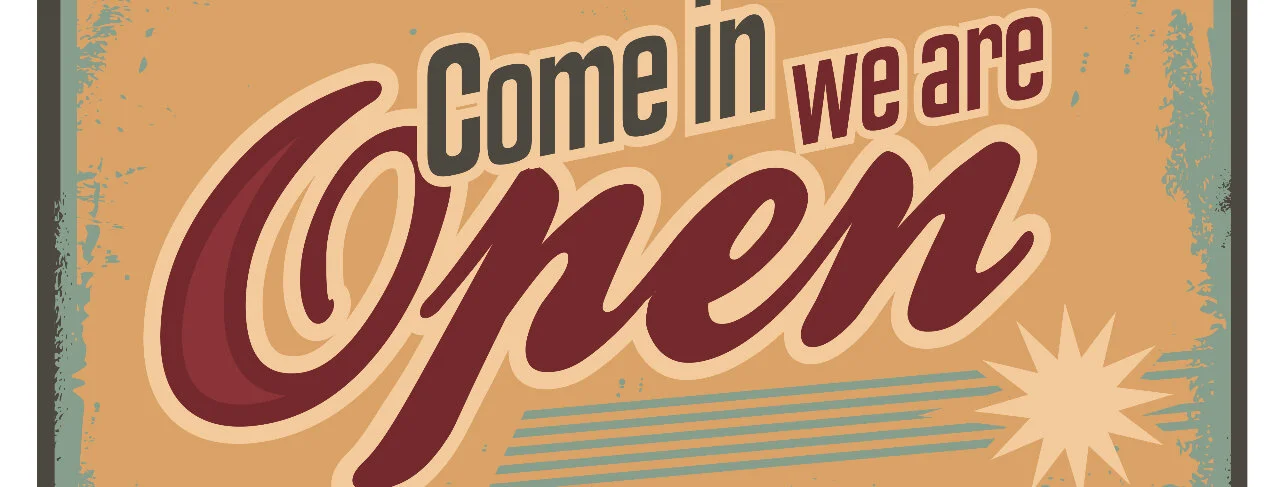My husband and I were invited to spend the upcoming holiday weekend “down the shore,” as we say around here. I haven’t had a beach weekend in about 15 years (just day trips), and I can feel my whole system leaning forward in eager anticipation. I also feel some anxiety rising about the crowds, being with people we don’t know very well, and the entire prospect of the first big social experience in 14 months.
Moving back out into our social circles is a mixed bag. Many of us thrived in new ways due to the pandemic restrictions, discovering some freedom in reduced interpersonal activity, pared-down duties, and a certain safety behind the computer screen. Not everyone is ready to let that go. To me, it feels like waking up after a nap, disoriented about time. The thought of getting up and moving into the next thing feels like a big project that will take a Herculean effort.
I don’t mean things like reuniting with our families and close friends whom we’ve missed. I mean the “normal” everybody seems to think we should get back to. The workplace, the spiritual and civic groups, the commerce, the travel, the ways we bump up against the “others” – you know, daily life. After so long of trying not to get too close to anybody[1], what does it feel like to begin again?
During the early weeks of the pandemic, as we learned how to do things like safely shop for groceries, I noticed ways in which I tensed up my body, pulling in on myself on the rare occasions I was out among other people. I tightened my mind too, which was fascinating to observe. Moving through the aisles in the grocery store, for instance, I kept lots of outer distance and energetically drew into myself whenever I passed someone. At first I even reflexively held my breath, until I noticed this and stopped doing it. Otherwise I tried to hold a narrow forcefield of protection around myself. The only person this affected was me. I realized that I could move through these situations in a tight way, or in an open, more relaxed way; the choice was mine.
Or so I thought.
I discovered that in certain social settings I really did need to pull in, seclude my bodymind in order to feel safe. When I experimented with letting go and opening up to the others in the park or the store, I lost my ground, got a little overwhelmed. So I accepted my need for security in those circumstances and trusted my body’s self-protective mechanisms. It helped to stay aware of this when it was happening. Back at home, however, I gave myself some time to reset – I did a few Qigong moves or simply stood or laid down and opened up arms and legs really wide and let myself breathe fully. This reset is crucial, otherwise we carry around the tense patterns that may have been appropriate in one context but which are no longer relevant. One friend does this by singing along to Let It Go from Frozen at the top of her lungs. You can find your own way to reset.
Oren Jay Sofer has recently written about reopening, and how to use trauma-informed practices known as pendulation and titration as we move outward again. What I just described is essentially pendulation -- going back and forth between a safe place or state and briefly tolerating less safe and secure experiences. Titration is a conscious process of gradually increasing doses of medicine – in this case, small exposures to difficult circumstances or “the amount of stimulation introduced to the nervous system in small, manageable doses as a way of staying regulated, while gradually increasing our capacity to integrate the intense feelings and energies that may be triggered.”
This process may seem obscure or strange to you. Learning to direct our thinking and sense energetic flow is a skill that takes practice, and I first learned how to do this by taking Alexander lessons. I continue to refine my understanding through Insight meditation and living the dharma. As you begin your re-entry, take your time. Don’t let the expectations or abilities of others dictate the pace for you. This is a special, liminal period that won’t last forever, and it’s an opportunity is to stay sensitive, vulnerable, and honest about how much your system can handle. That way, we can be fully present for the “normal” we left behind, and can begin to have more encounters with each other that are safe, sweet, and real.
Bodymind Experiment
Try this:
Arrange your body in an upright, relaxed way. Bring attention to the sense of support you feel, the ground under your feet, the seat supporting your bottom, the spine rising up with your head balancing on top.
If you’d like, you can take 3 deep mindful breaths, in through the nose and out through the mouth. Then let your breathing return to normal.
With eyes open or closed, sense this sitting body and include in that sensory awareness the space in front of you. It might be just a few inches, several feet, or maybe it extends farther out than that.
Next, shift your attention to include the space out to your right. Maintaining a felt sense of the body, what is it like to expand out to the right?
Continue shifting the direction of your awareness to include the space behind you, then to the left. Now try it with the space below, and the space above.
Bring it all together and play with sustaining a felt sense of the body sitting that also includes all the space around you, in every direction.
Continue playing with extending outward as long as you like. Then reverse direction, and pull your attention inward, deliberately not including the external.
What do you notice? How does it feel to choose the direction of your attention?
——————————————————————-
[1] Let me take this opportunity to thank the frontline workers, who did not have that option. May you be well.


